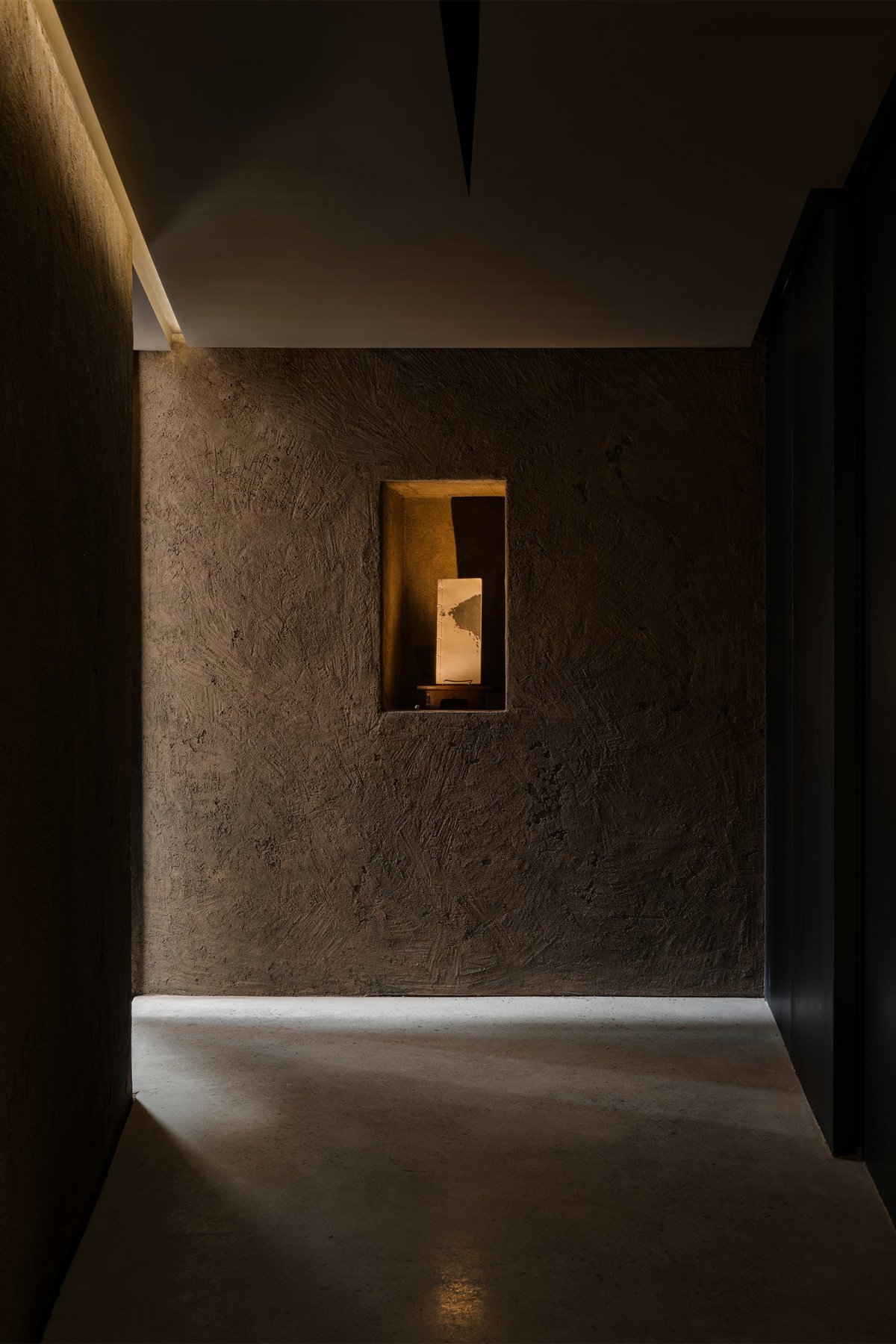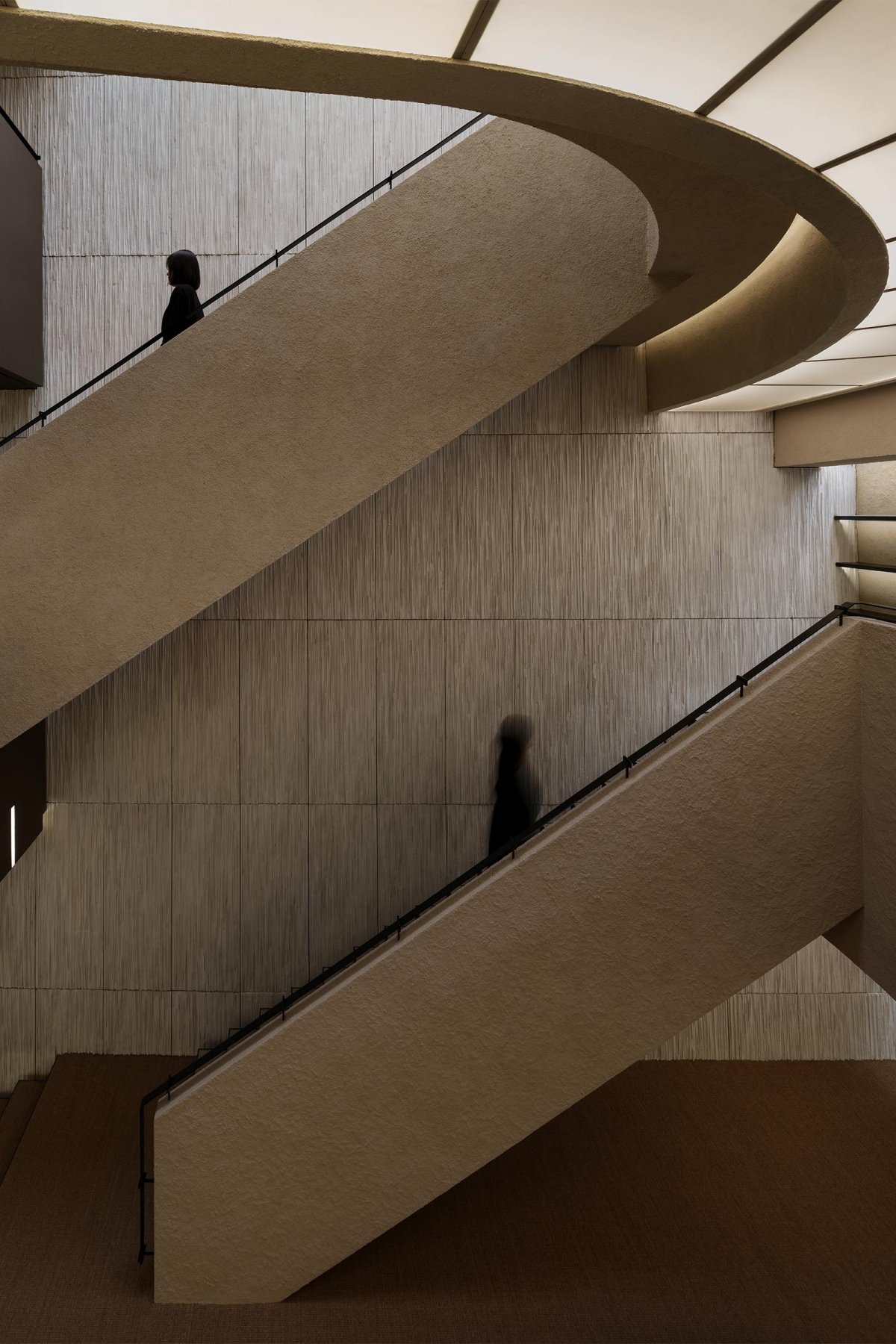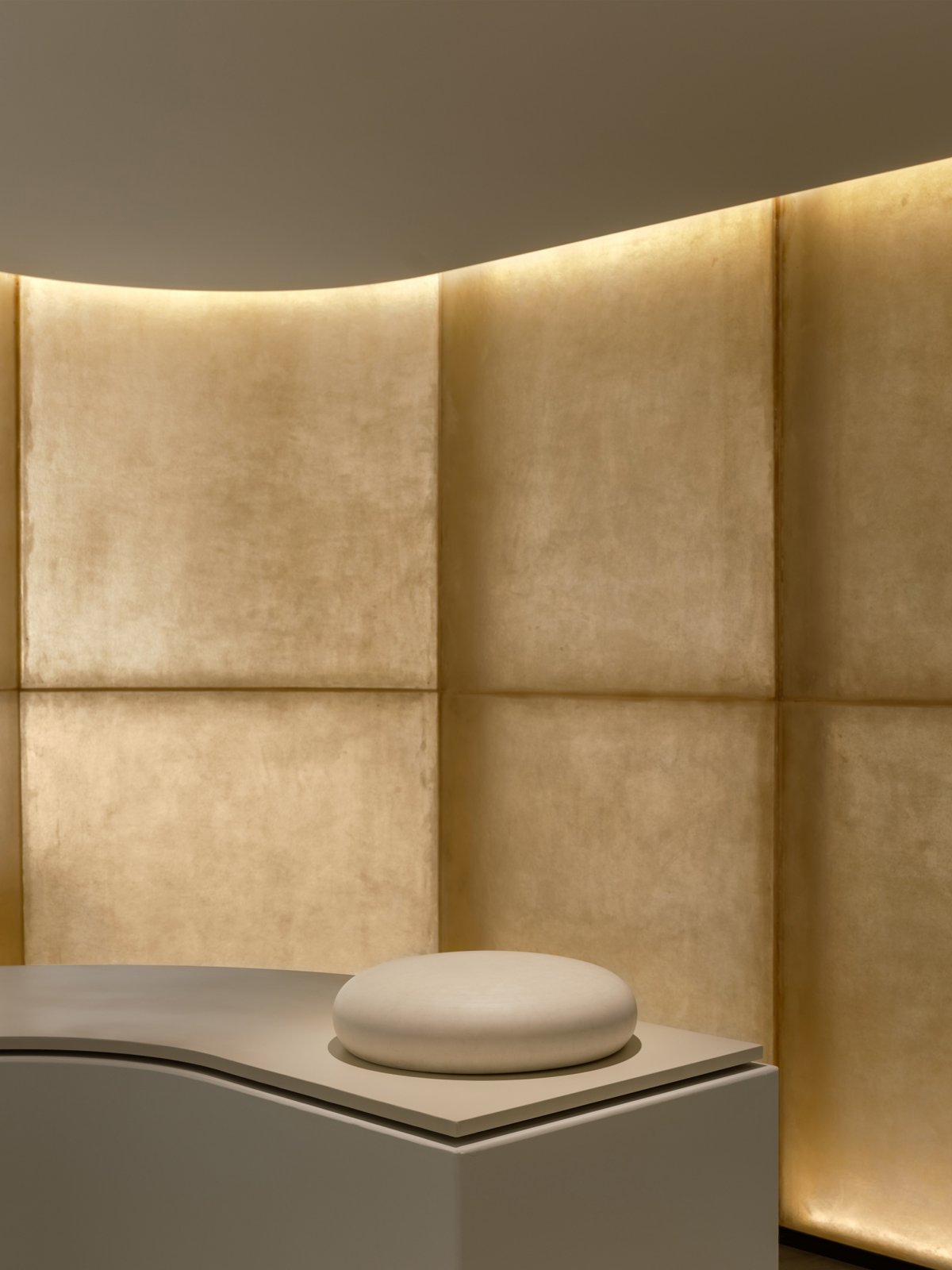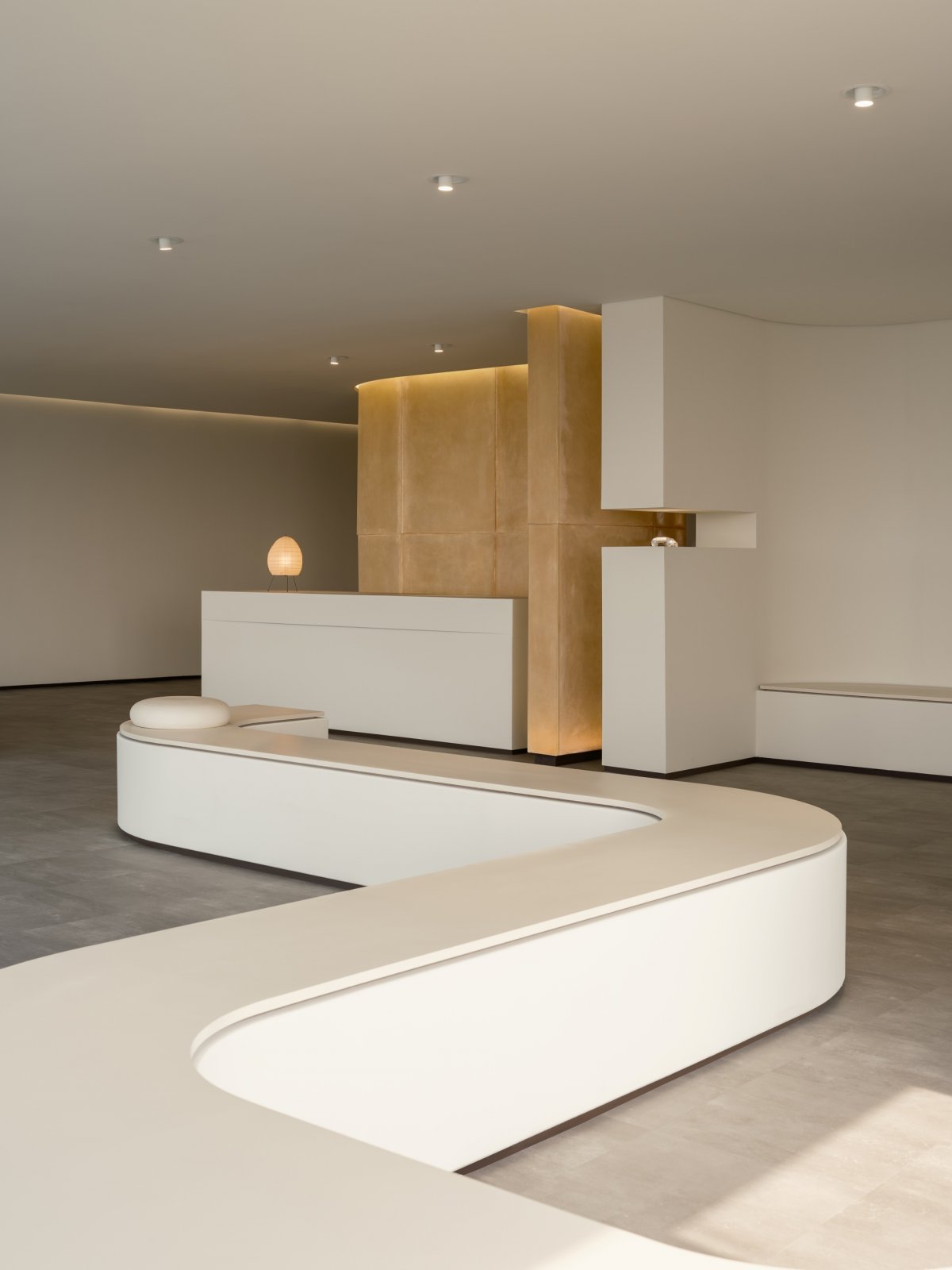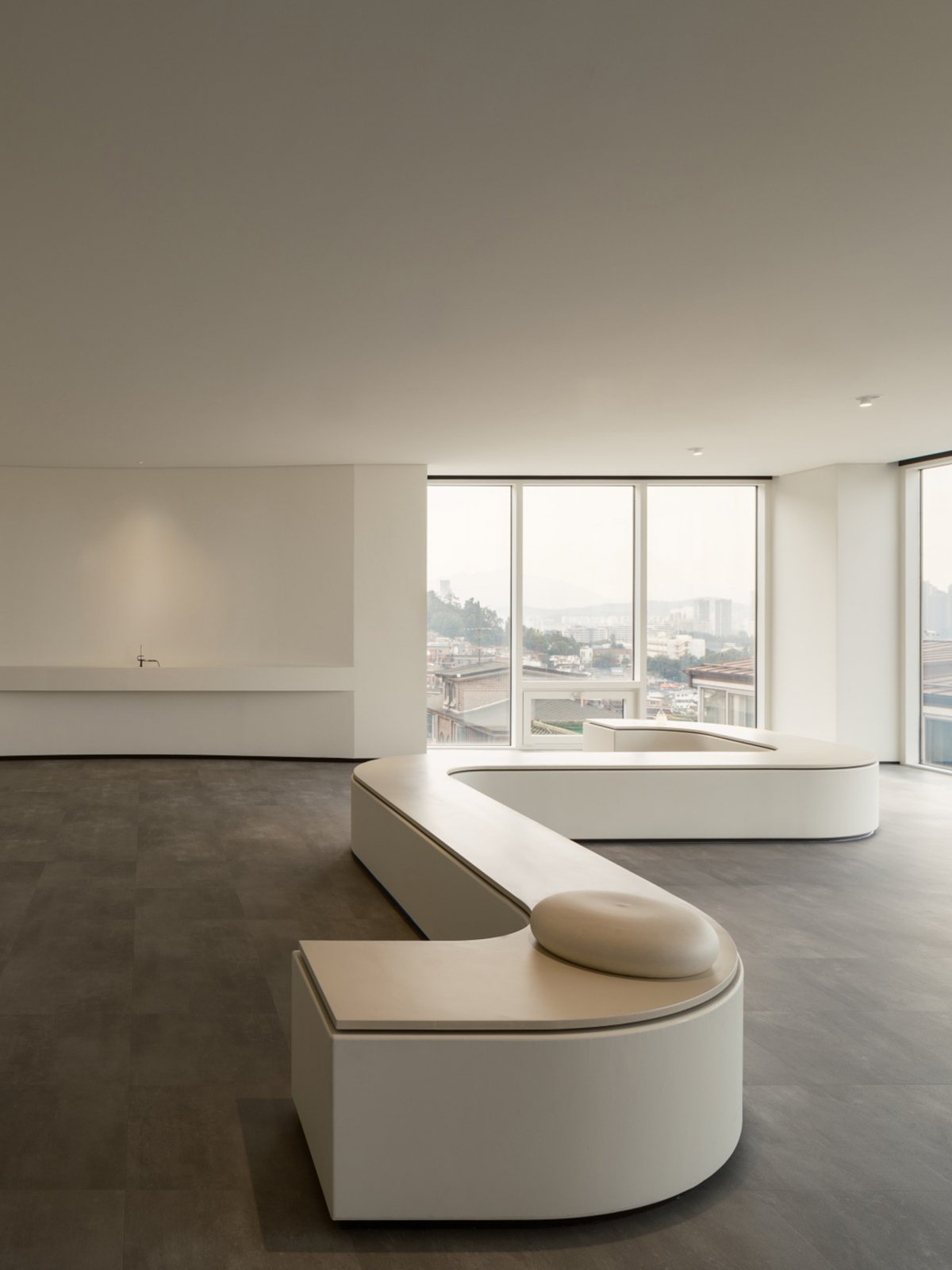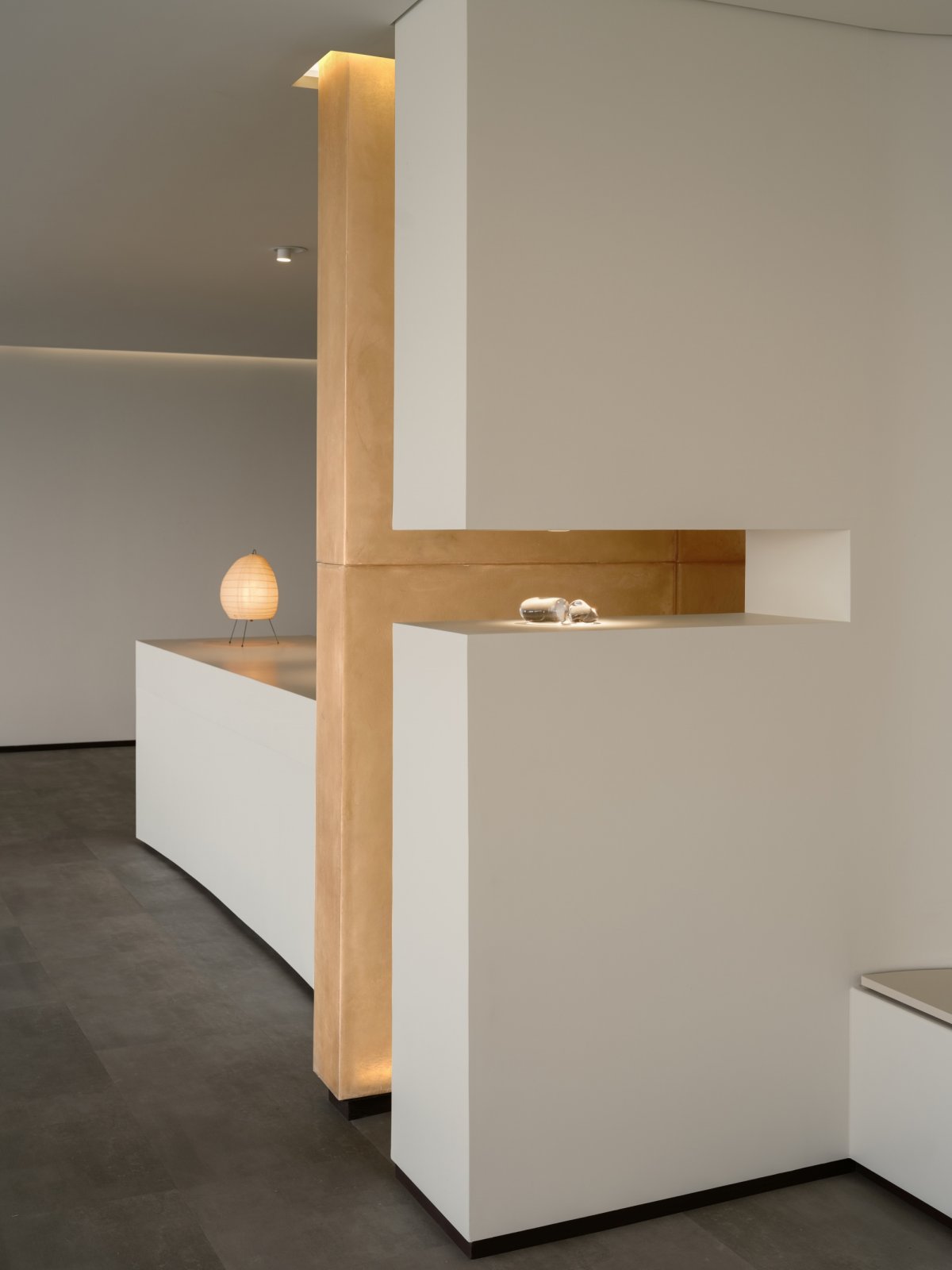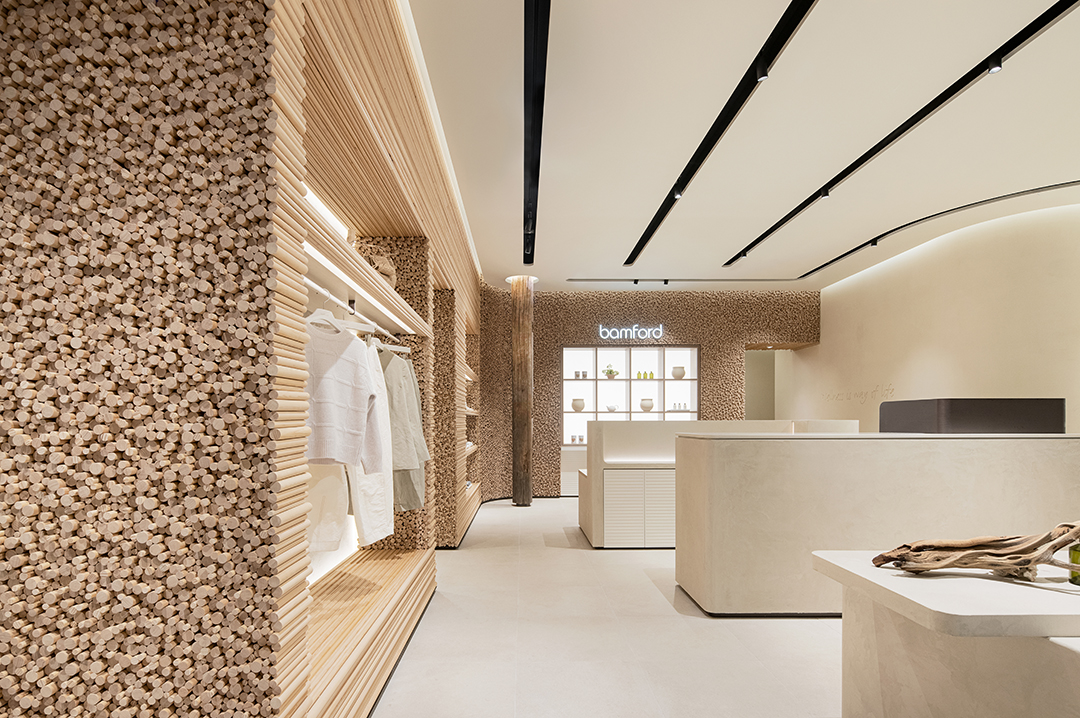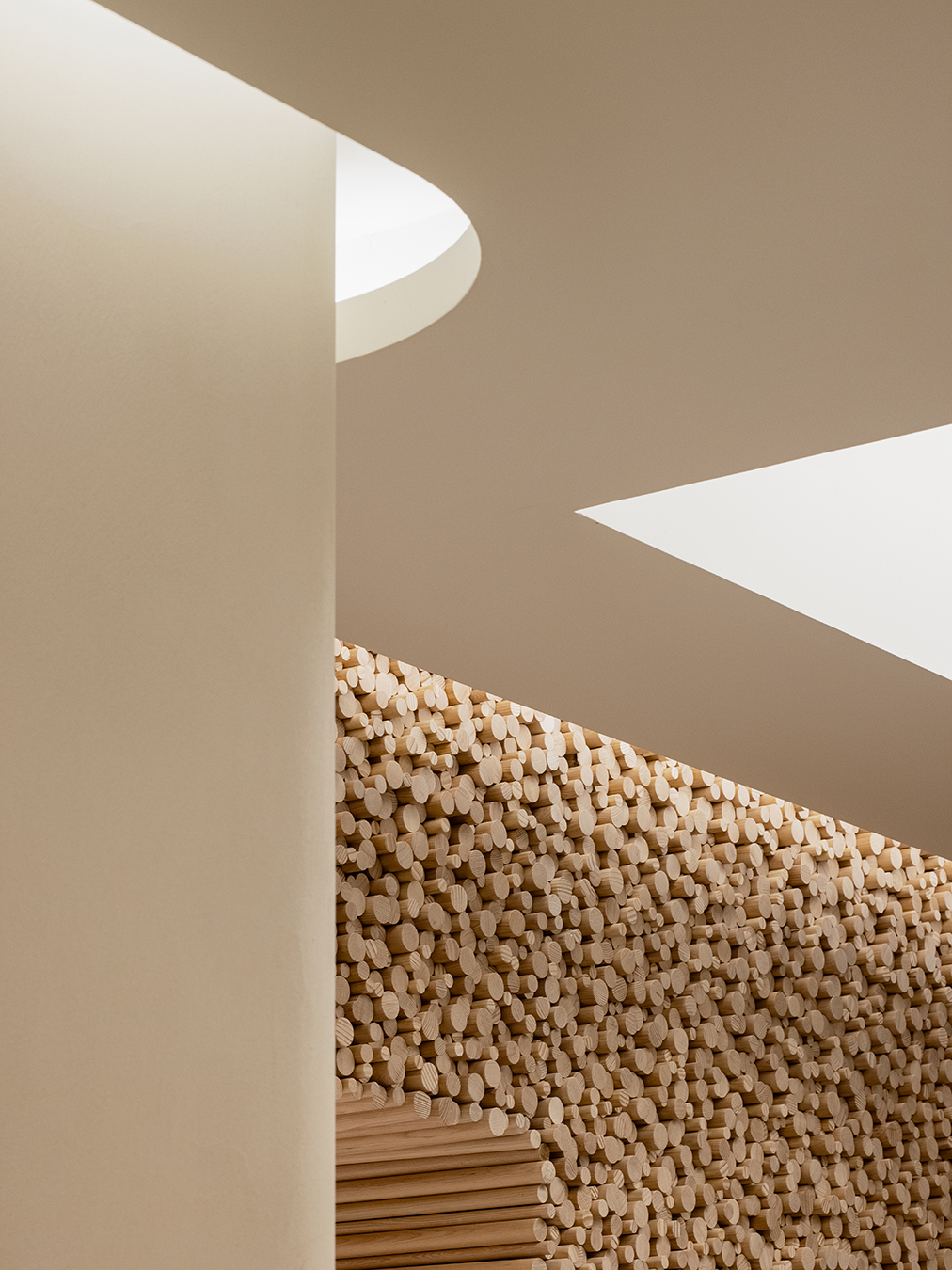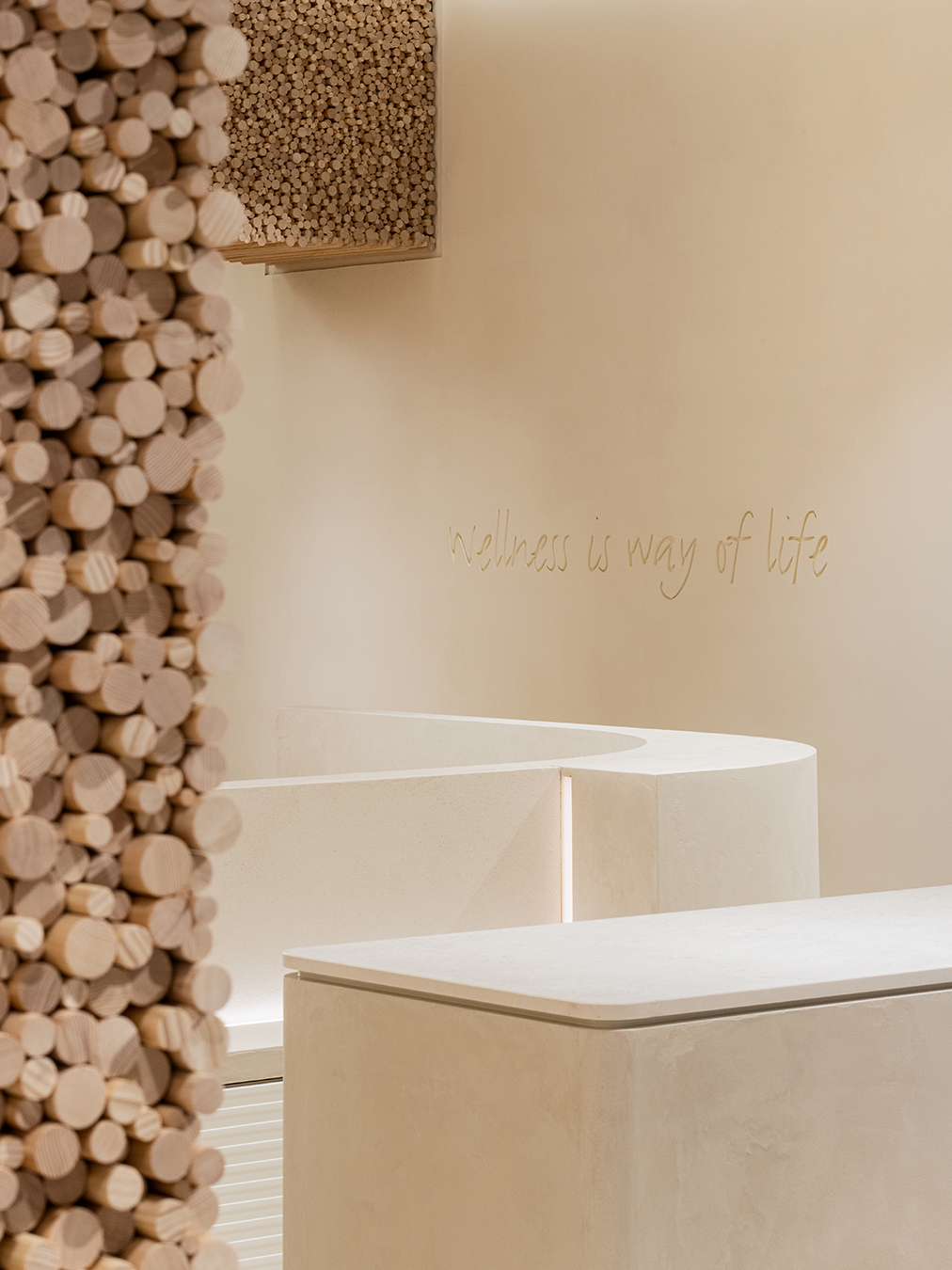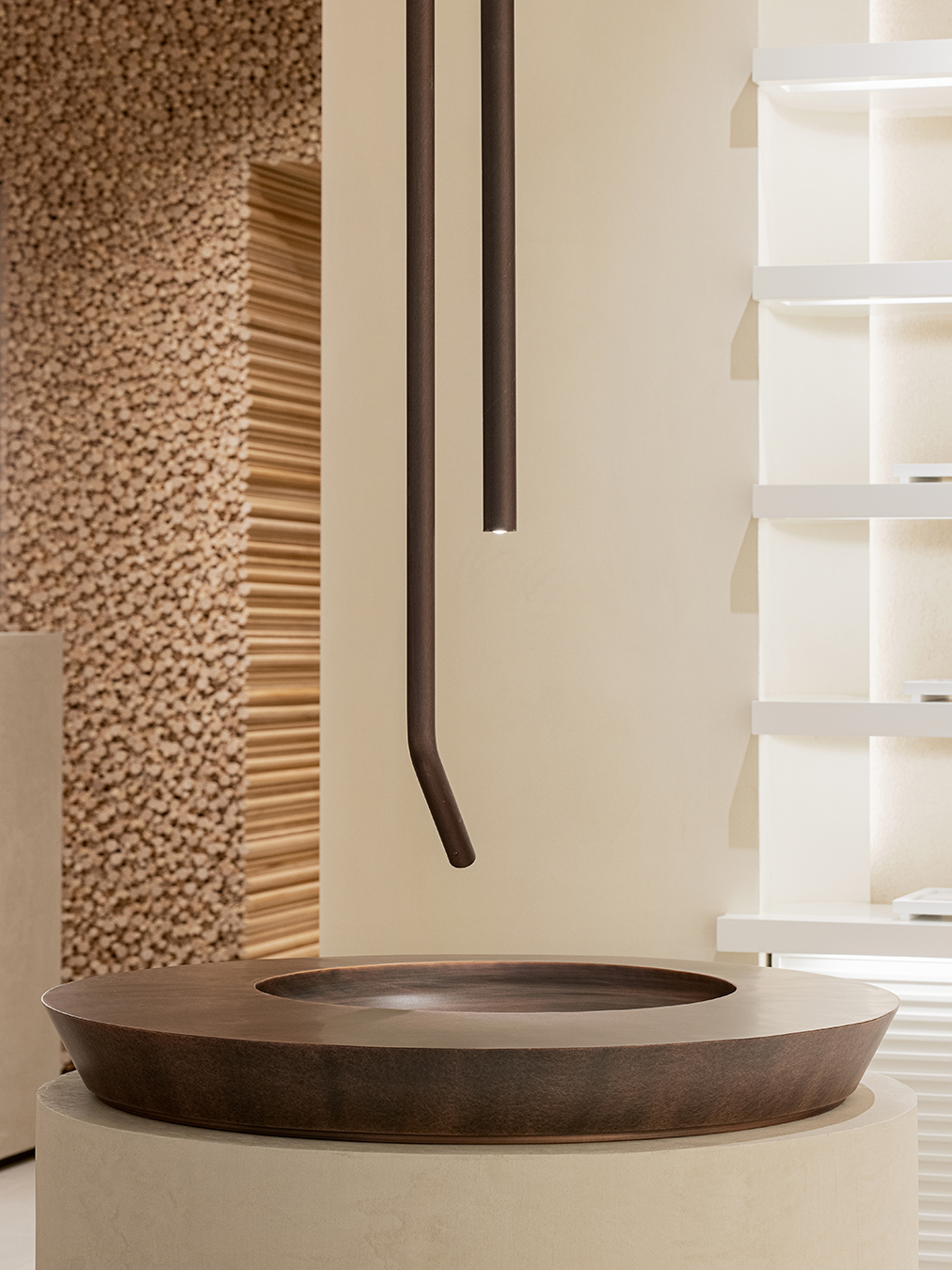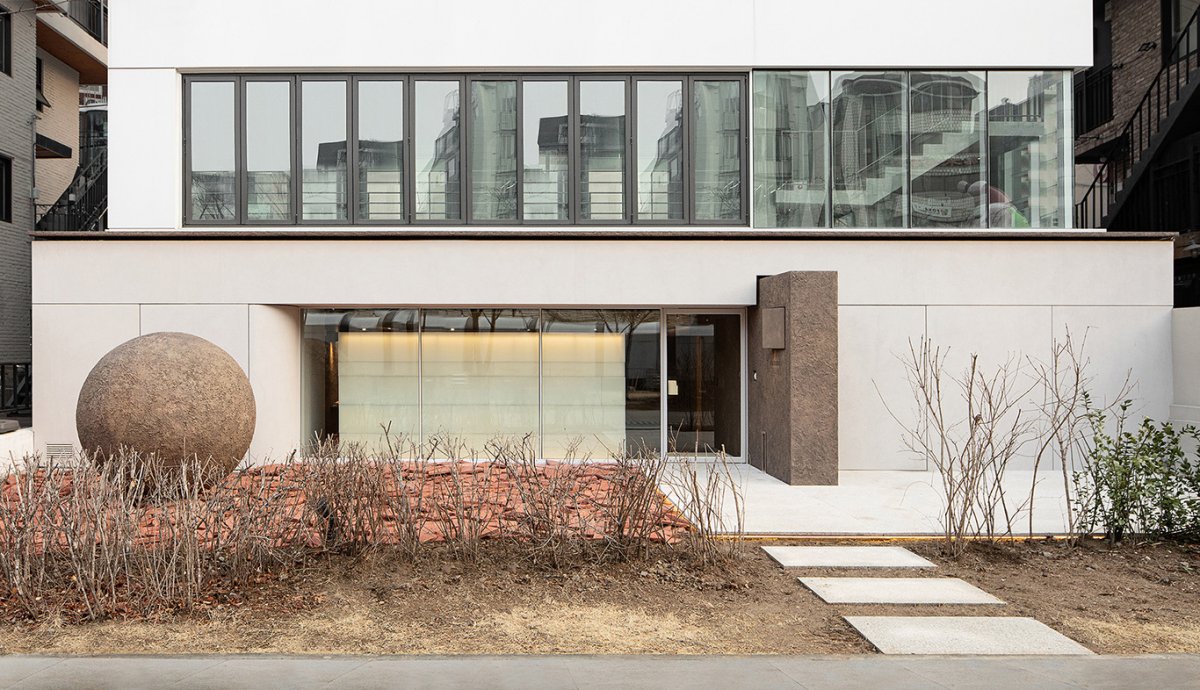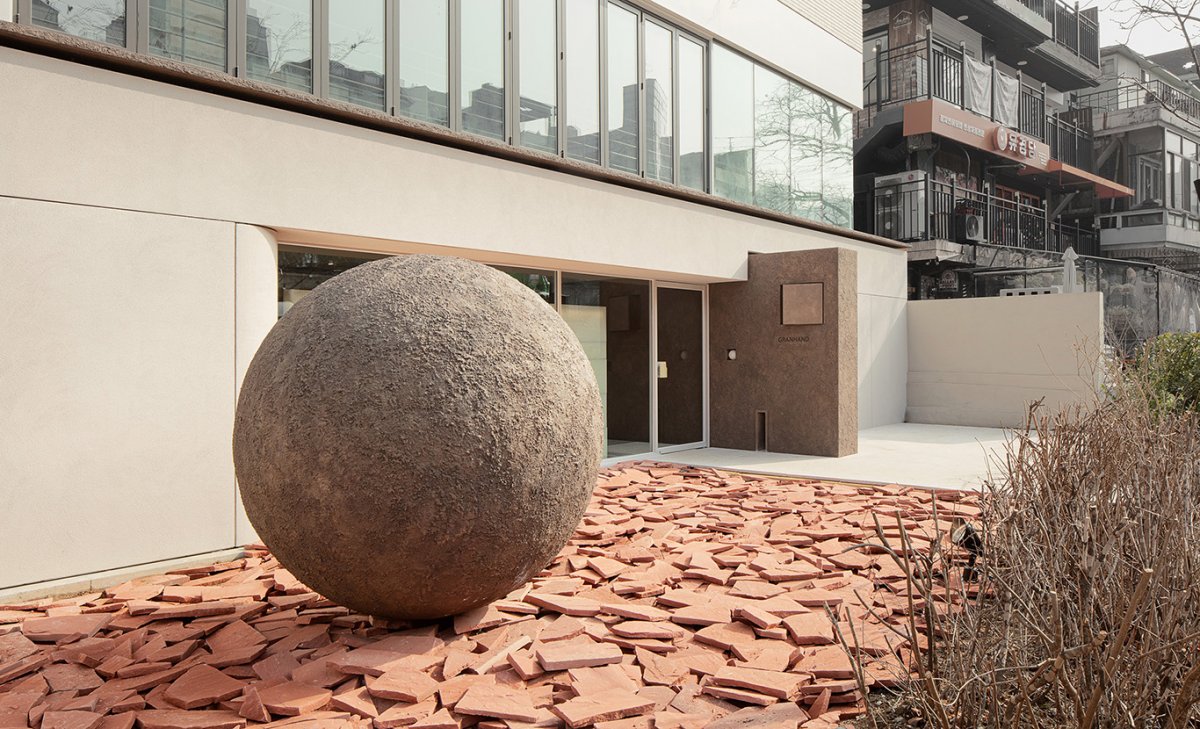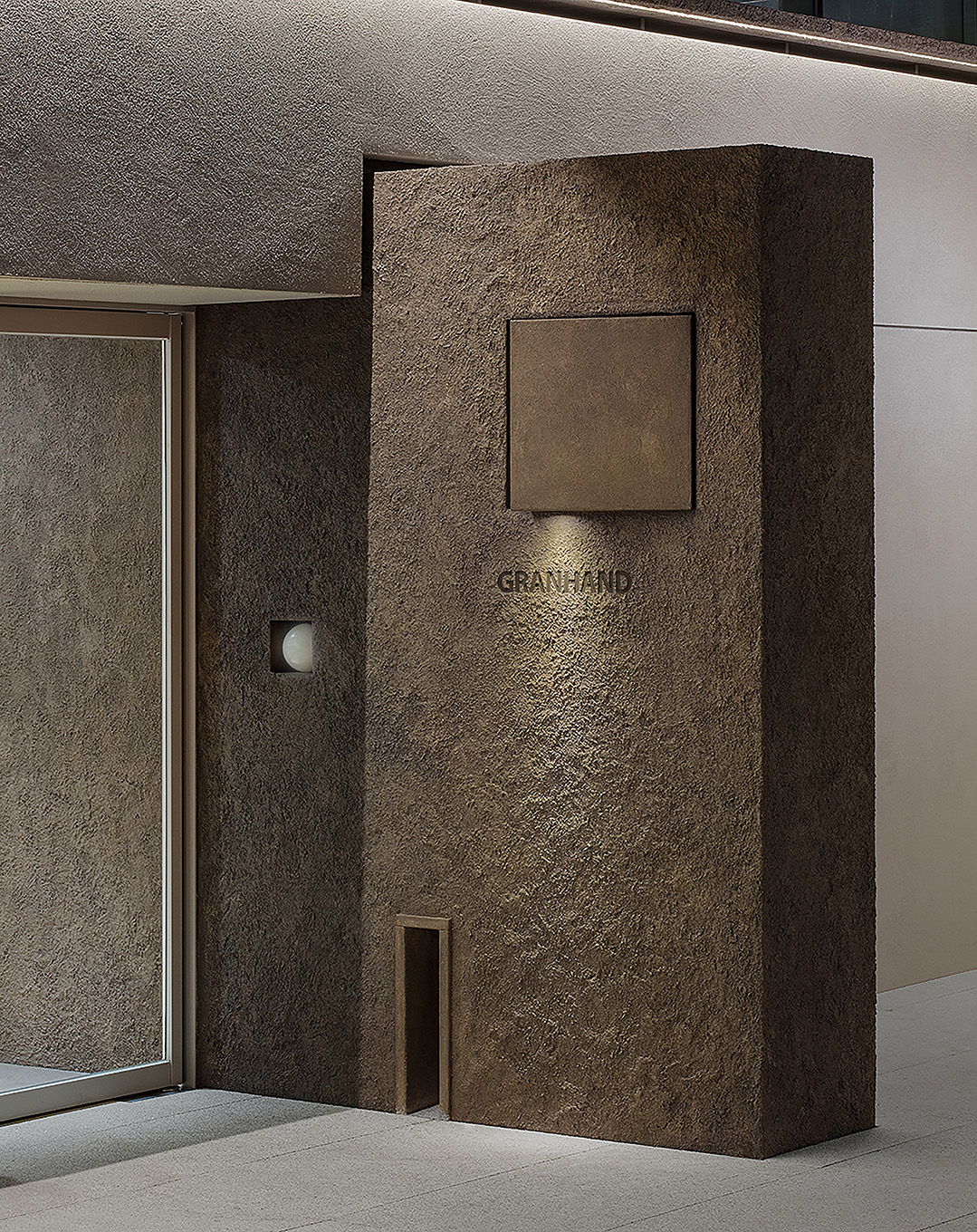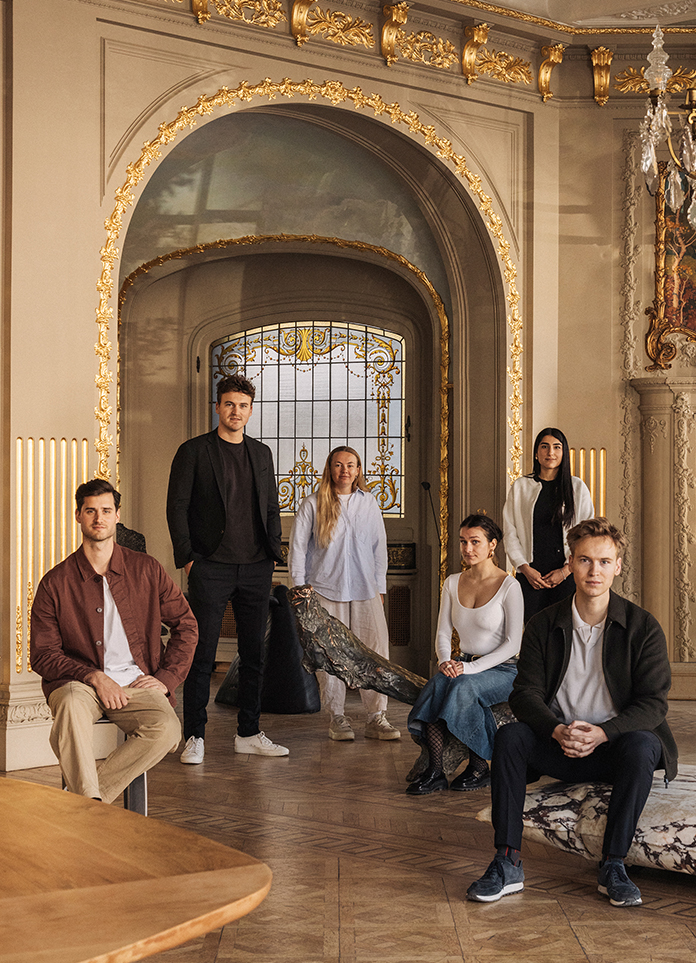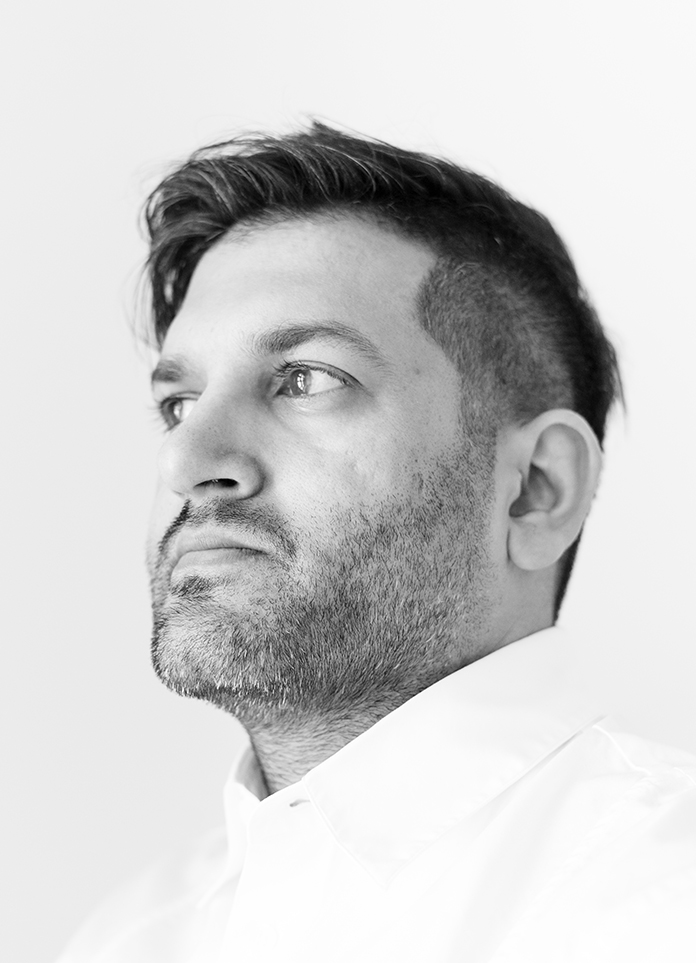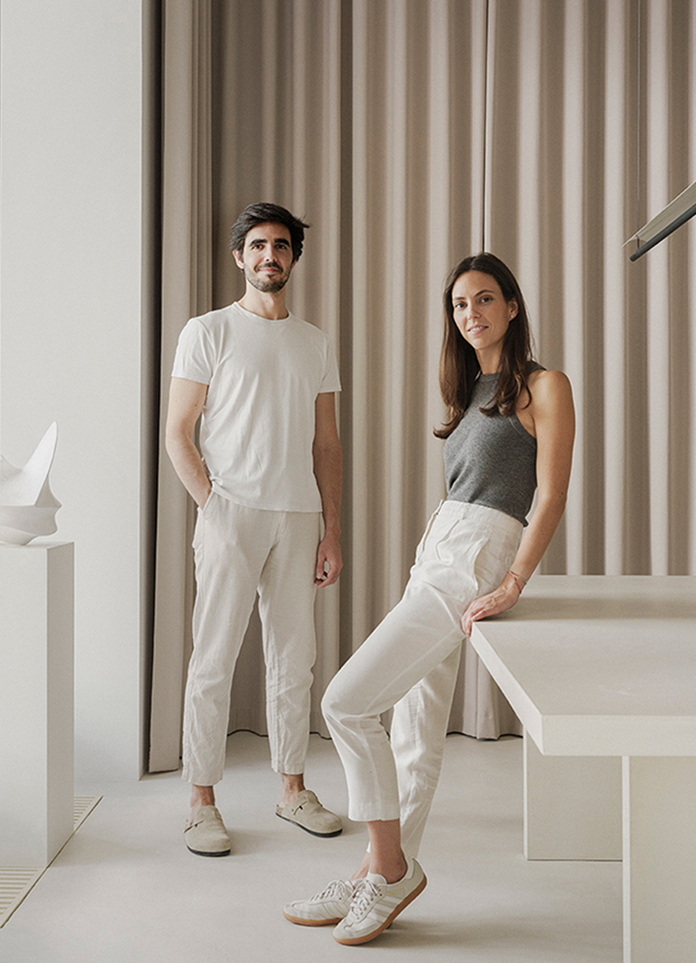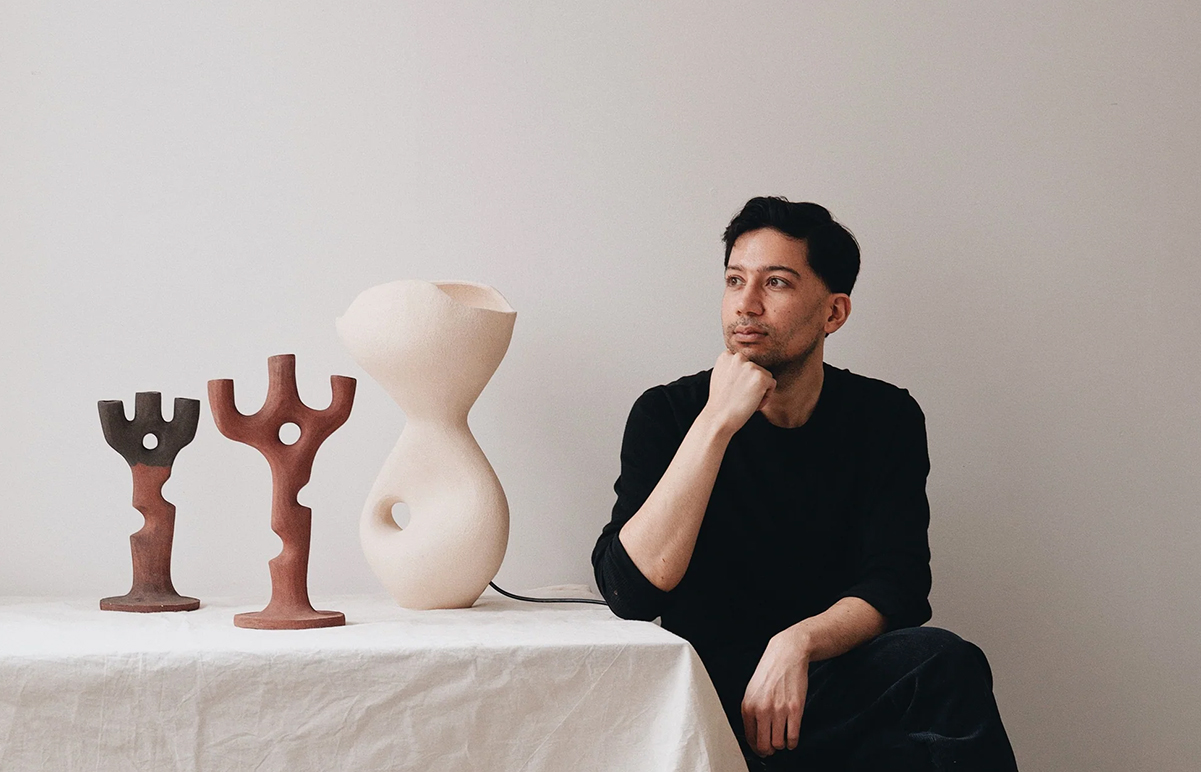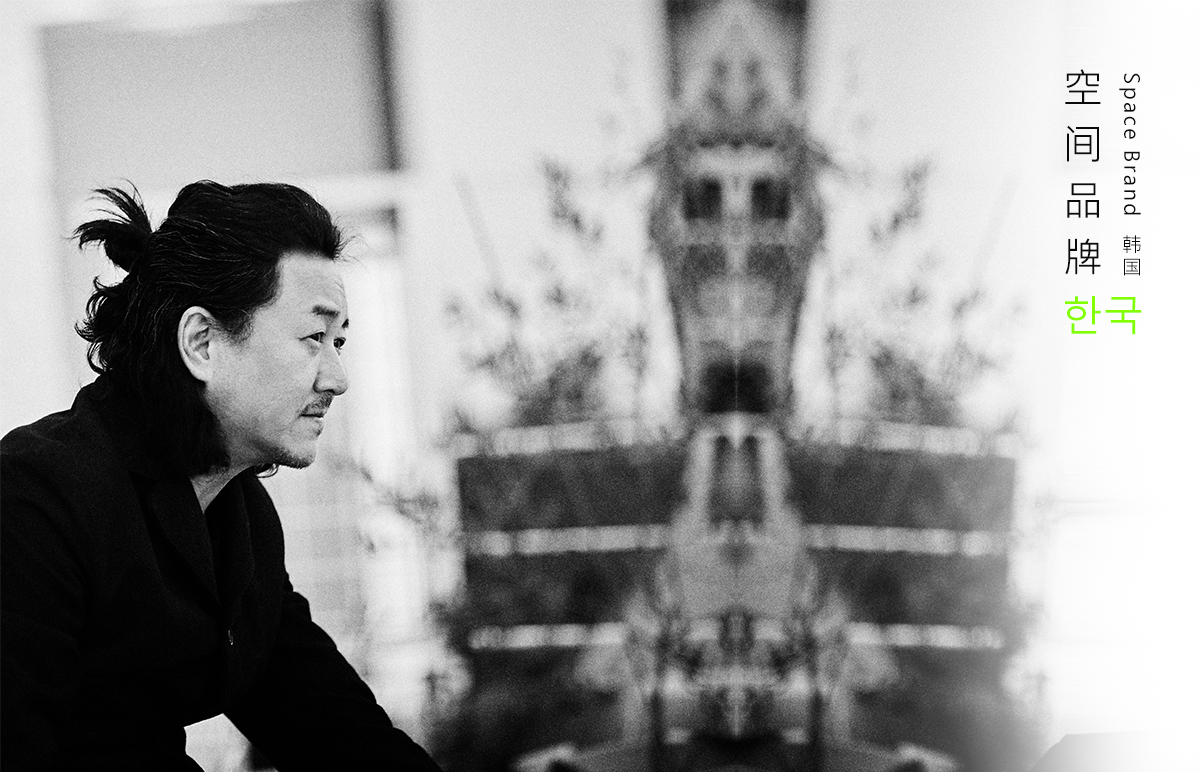
U.lab is an interior design studio based in Seoul, South Korea, founded in 2007 by its founders Jong-u Kim & Hyunjin Kim. The studio focuses on the space image design and brand image design, combining the space logo design and brand identity design. They are adept at using imagination and creativity to create a refined design, while retaining the basic form and increasing the functional space.
In this master class, Jong-u Kim, one of the founders of U.Lab, shared the firm's design philosophy and design projects with the theme of "Brand Philosophy and Design Process". In the course, the speaker analyzed the concept of "各得其所" which has a profound impact on the office, that is, everything has its own position and role; It also describes the characteristics of oriental aesthetics and the differences between oriental aesthetics and western aesthetics. He also analyzed many ideas about the reprocessing and reuse of waste materials, such as printed circuit board and cartons, as well as' 法古创新 'in the actual project. For U.Lab, although the current design development is more influenced by western aesthetics, designers in Asia area still need to work hard to learn and spread their traditional beauty.
Yinjispace:Do you guide the whole process of using the recycle materials?
U.Lab:This has different forms. First, we have experiences in collecting and making these material samples. Nowadays, people are more aware of the environment protection, so they began to develop these materials. For us, we mainly make the samples and think about where and how to use them in the beginning. If we need a mass production, we would cooperate with the factory or professional companies.
Yinjispace:How long is the development process of the new material? And how do you persuade your client in the early stage?
U.Lab:Audiences of this Master Class are the people who produce the most rubbish in the world. Because when you design the interior, you need to demolish the former space to create a new one. We start to make these materials for our own sake, instead of the clients’. We want to spread this idea to the world. You need to persuade clients with detailed information like the cost, the production note and future problems. This requires much time and money for you have to test everything. However, this is indeed meaning for us, which I hope more designers could join us in the future.
Yinjispace:Is the recycle material cheaper than the traditional material? Could you share with us the chair?
U.Lab:When we are entrusted, we would visit the dump and disposal site of the company to see the waste. We research the waste and the most common materials together, thinking about where and how to use them. This costs more actually when we use these in the space. Since it’s meaning to me, I’ll keep doing this .
Yinjispace:How would you deal with the mental material that may be pollutional?
U.Lab:We will do the coating treatment to prevent the corrosion .
Yinjispace:Do you cooperate with professional company as for the light design, or you design it yourselves?Do you consider it at the beginning?
U.Lab:At the beginning, when we design, we will think about the lighting. Before construction, we are confirming whether the lighting brightness is appropriate and will accept the assistance of professional lighting team. So the initial plan is provided by ourselves, and the test process is completed by the lighting company.
Yinjispace:What is the semi-transparent material in the Granhand Namsan Store project?
U.Lab:It is a very common material, which is a kind of fiber reinforced plastic that we will use when making sculptures or large dolls in amusement parks. In our industry, it is used to make bathtubs or boats for large ships. In Chinese language, it should be fiberglass.
Yinjispace:How do you combine your design philosophy with young brands?
U.Lab:Every brand has a story to tell. We will listen carefully to what this story is, and then develop a material or space design that can be connected with this story. The project named Grand Hand I showed you before was almost unknown at the beginning. Therefore, we will choose client. After talking with the client, we decided whether or not we should do the follow-up design. That brand was not famous until recently. But when we encounter brands with similar ideas and in-depth thinking, we will not consider their popularity when accepting projects.
Yinjispace:As for the sharing refrigerator concept, do you come up with it when the client mention it at first? How do you combine it with the brand operation way?
U.Lab:This is a project we call Olive. Most of the people living around the Olive Market are office workers. It is a small market where people go in to buy things on their way home from work. The main customers are mostly working couples or people without children. We think this concept is very suitable for this topic, so we put forward such a proposal. The market owner also agreed, and then we created this space.
Yinjispace:Do you develop the wall material of the perfume project?
U.Lab:Yes, it is developed by both us and the client company.
Yinjispace:You talk about Wabi Sabi in the beginning, so would you choose a core space to express it?
U.Lab:The beauty of shadow in the praise of shadows is different from the western design. South Korea, China and Japan have all accepted the new culture of the West, so has the design. But I think it is our current responsibility to develop traditions. We hope that more designers in South Korea, China and Japan can express the beauty of Asia through design.
Yinjispace:How do you deal with the color of the glass fiber reinforced plastics?
U.Lab:This is the original color of fiberglass. We don't mix anything, just use the raw materials as they are.
Yinjispace:Do you think brand’s marketing strategy guide the design or vice versa? And what are your suggestions for the future commercial design?
U.Lab:China and South Korea are very similar. We can think a lot about brand strategy together in the future. When building brand strategy, our team will put brand strategy and space marketing strategy together, so each part is equal. To some extent, it is most important to design strategies through comprehensive consideration; Secondly, it is also important to formulate a very detailed strategy for space experience. In the future, more people will experience space through blog, Instagram, Facebook and other media. If you experience space in such a fast way as the Internet, in fact, the physical space will be backward. Because space is physically limited, it takes a long time to design, build and complete. Therefore, we must prevent space from being consumed by the internet and need to find solutions that can respond faster. One of the solutions is the pop-up store, which is a space that can be created in a short time and repeatedly transformed; Or as I said, the space can become more and more beautiful as time goes by. Now is the time to think about these contents and methods.
I am here today to give this special lecture from the perspective and vision of the East. In fact, our hair style and clothes are very western, not oriental. But if we don't have a dialogue based on the influence of the West, at some moment, I began to think that the beauty of the East is our most powerful skill. We do not only imitate the West, but also create our own design. I hope that designers of China, South Korea and Japan will interpret and re-create the uniqueness of our country as a tradition. I also learned a lot by observing the latest rapid development of Chinese designers. I feel that the overall development of the design industry is still very western-style, so I will continue to work hard to study Japanese traditional architecture in the future, and I also want to ask Chinese designers to study and spread Chinese tradition more deeply.


